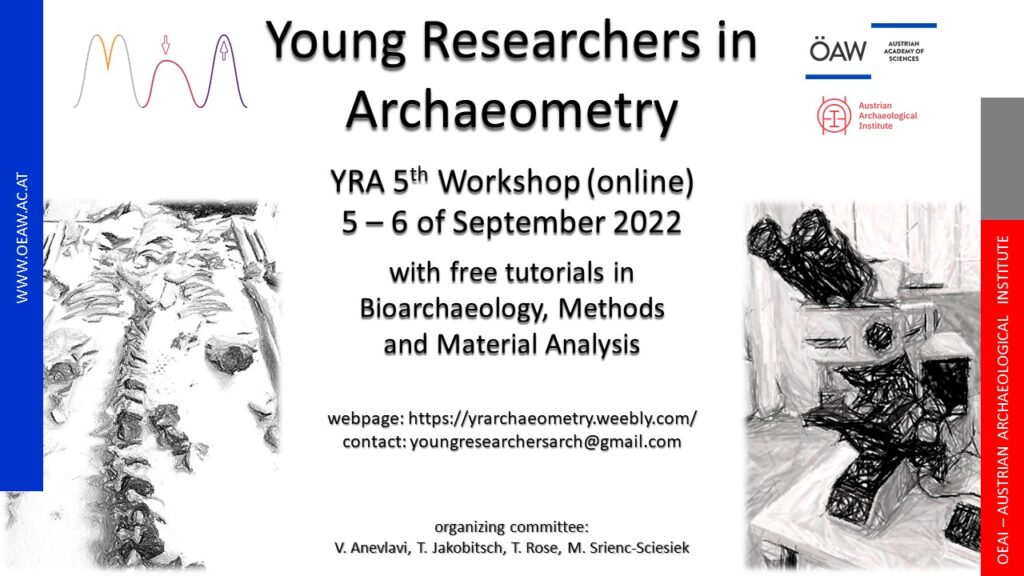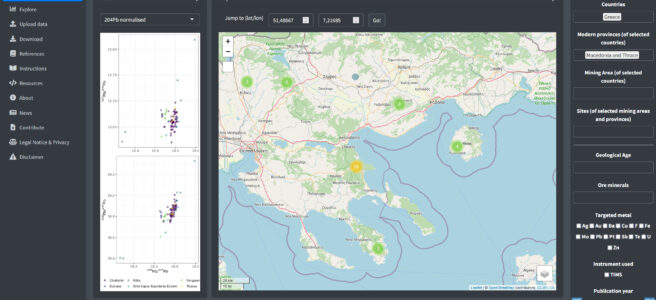Es ist ein langer Weg, bis auf den im Sommer 2018 erzeugten Proben Daten werden. Schnell war entschieden, welche der vier Experimentserien wir beproben wollen. Aber dann kann kam der wirklich aufwendige Teil. Über ein halbes Jahr dauerte es, bis die deutlich über 100 Proben aufbereitet waren und sämtliche geplanten Analysen durchlaufen hatten. Und dann nochmal einige Monate um herauszufinden, was uns die erzeugten Daten uns nun eigentlich sagen und das in eine schöne Publikation zu verpacken.
Aber nun ist es vollbracht! Seit heute sind die Ergebnisse veröffentlich und wir finden, die Ergebnisse waren den Aufwand mehr als wert. Wir lagen mit unserer Hypothese richtig! Naja, zumindest teilweise. Die Kupferisotope von Erz und Metall sind gleich. Man kann also Kupferisotope nutzen um beispielsweise die Abbaugeschichte einer Lagerstätte aus dem Metall zu rekonstruieren, was aus ihrem Erz gewonnen wurde. Aber sobald Schlacke im Spiel ist, wird es kompliziert. Und ebenso, wenn man zusätzliches Material dazu gibt. Das passierte als uns beipsielsweise der Ton der Ofenwand und Teile der Düsen schmolzen.
Und weil wir wirklich viele Daten produziert haben und die Details der Experimente viel zu umfangreich und detailliert für eine traditionelle Publikation sind, gibt es zusätzlich noch eine Datenpublikation. Dort findet man neben vielen Tabellen mit den Ergebnissen der verschiedenen Analysen unter anderen einen detaillierten Katalog mit den Kennzahlen der beprobten Experimente. Da kann man übrigens auch detailliert nachlesen, welche Analysen wir durchgeführt haben und wie aufwendig eigentlich insbesondere die Analyse von Kupferisotopen ist.
Viel Spaß beim Lesen!



